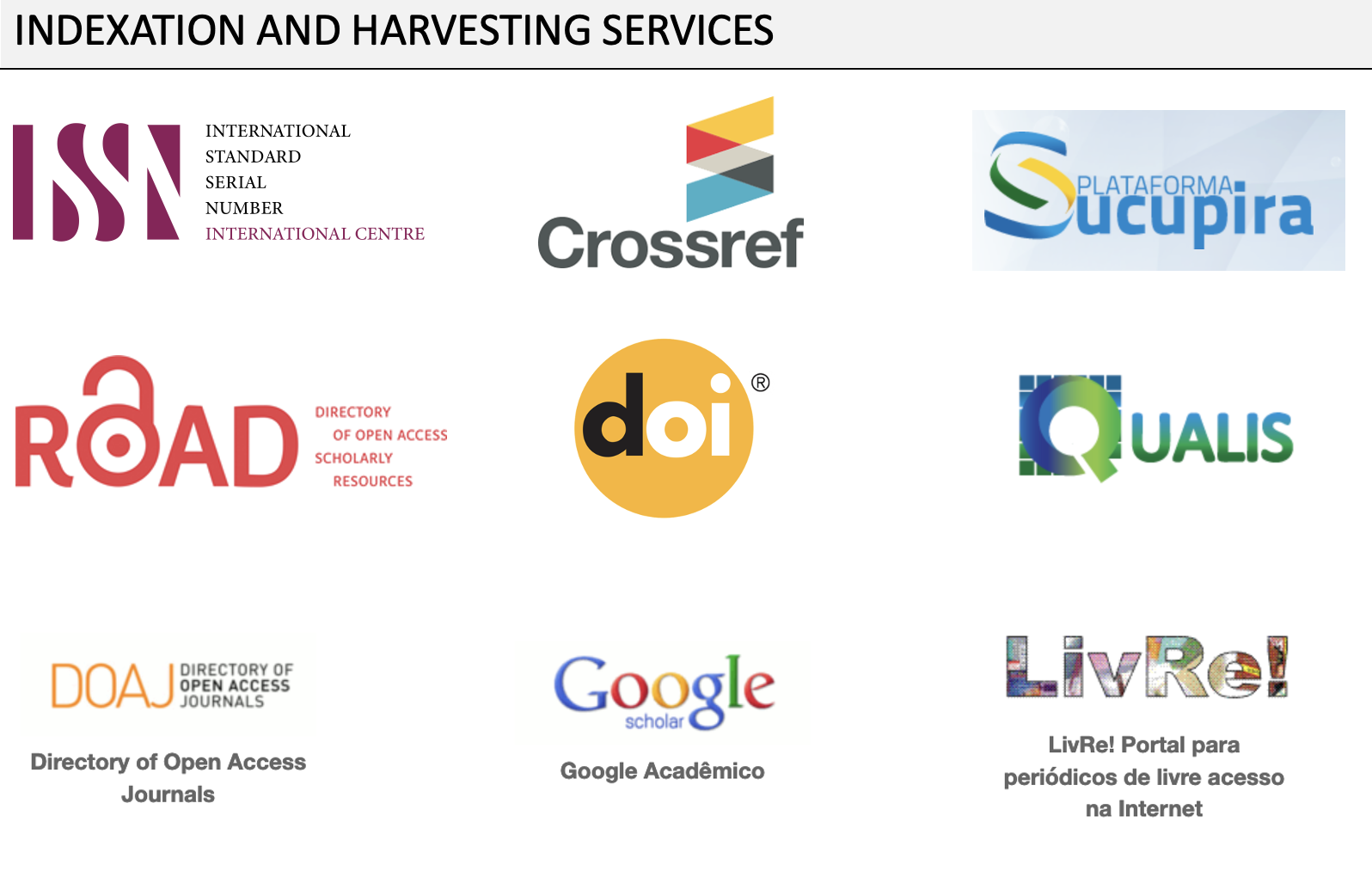Ongoing Call for Thematic Issues
2023-05-09
This is an ongoing call for Guest Editors and to receive thematic issues proposals for NOvation - Critical Studies of Innovation. If you want to act as Guest Editor for our journal, please send us your proposal to novation@ufpr.br.
Read more about Ongoing Call for Thematic Issues



